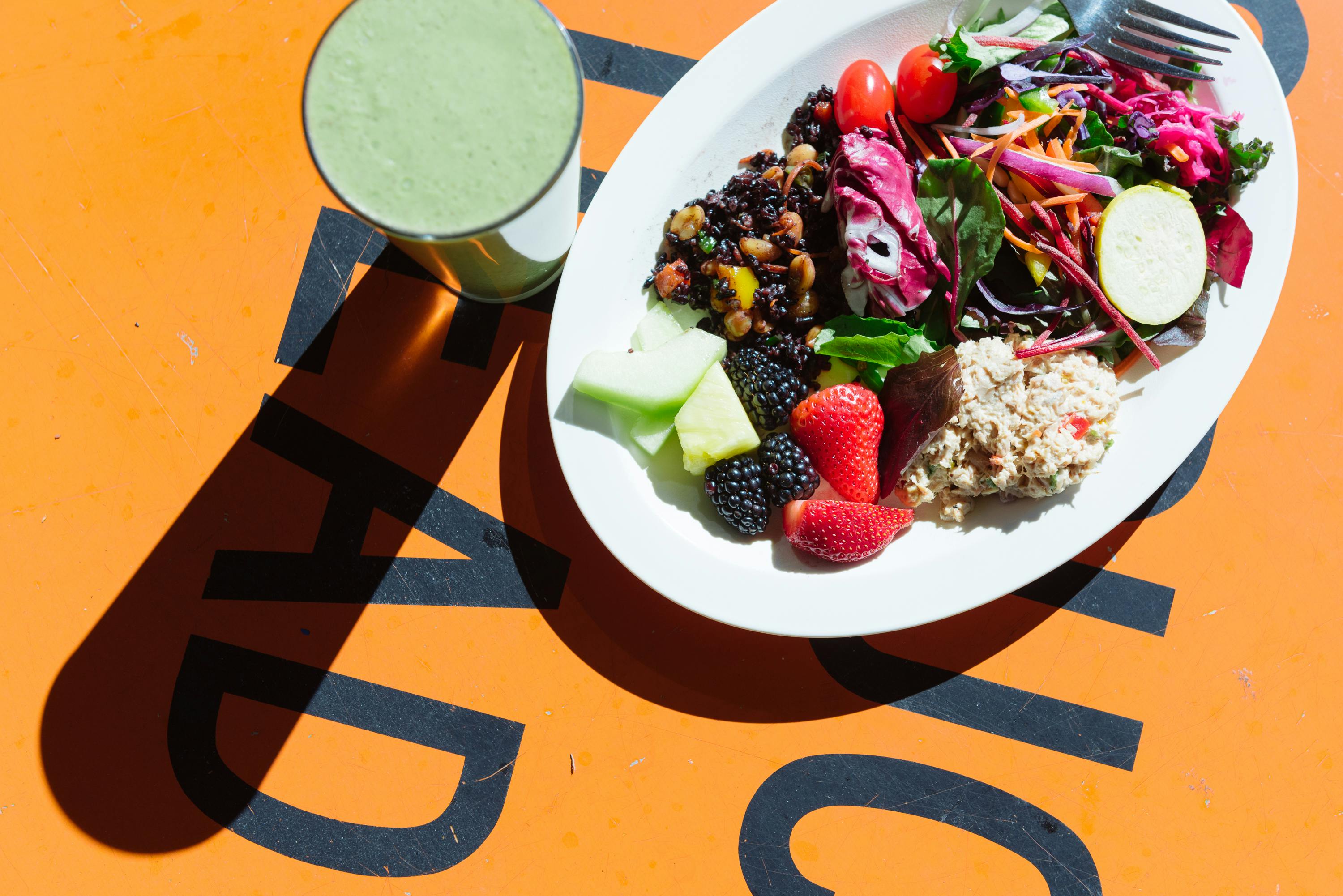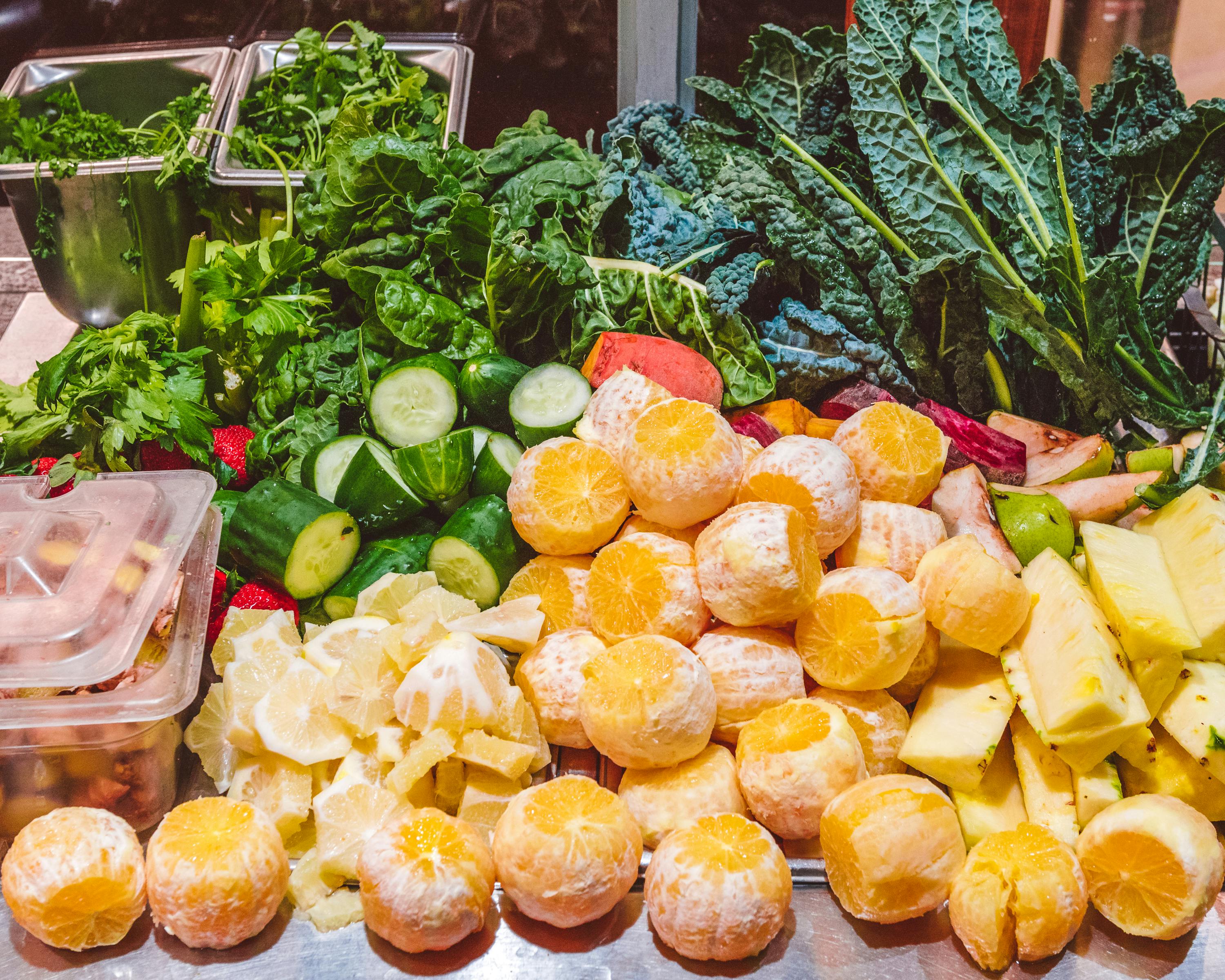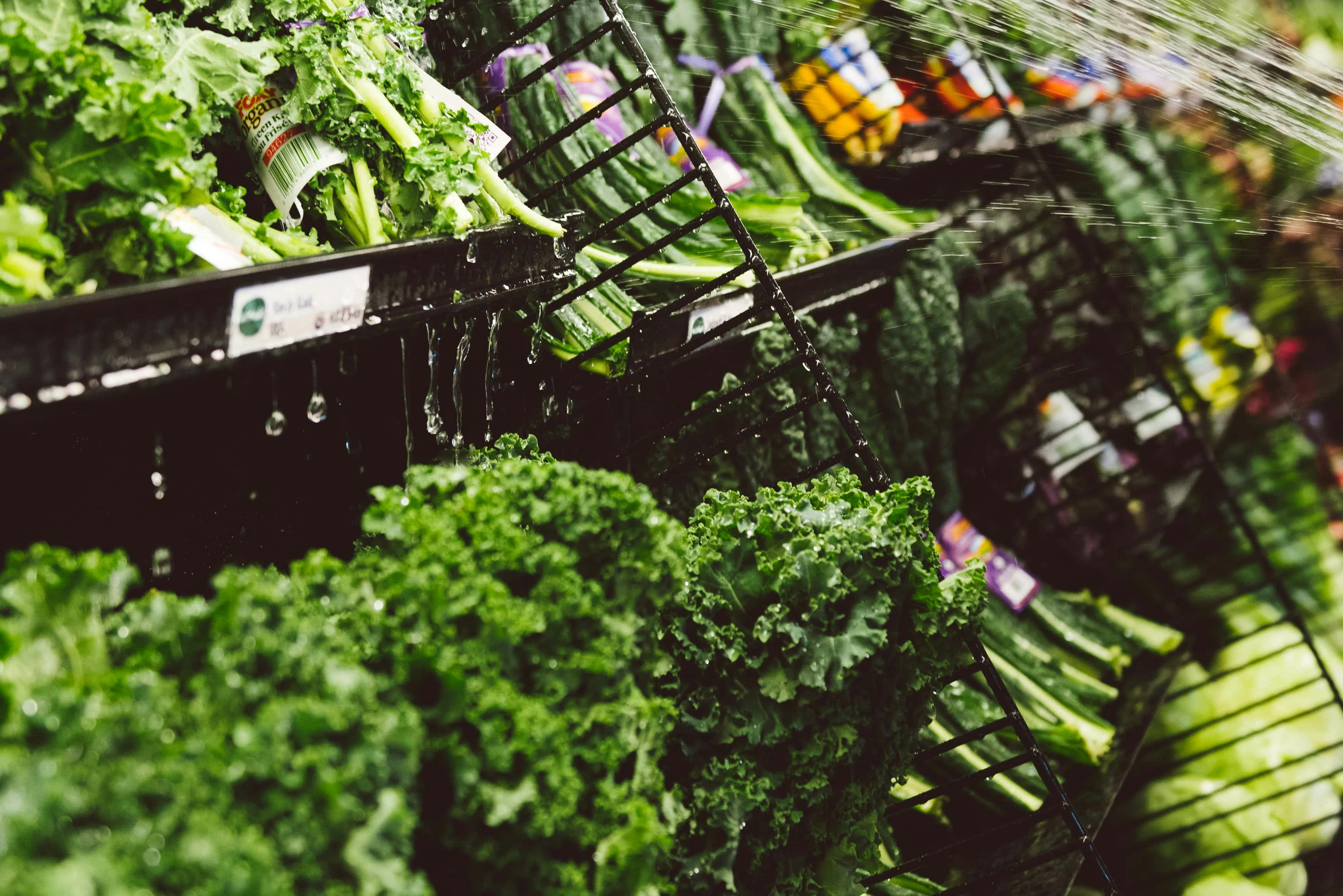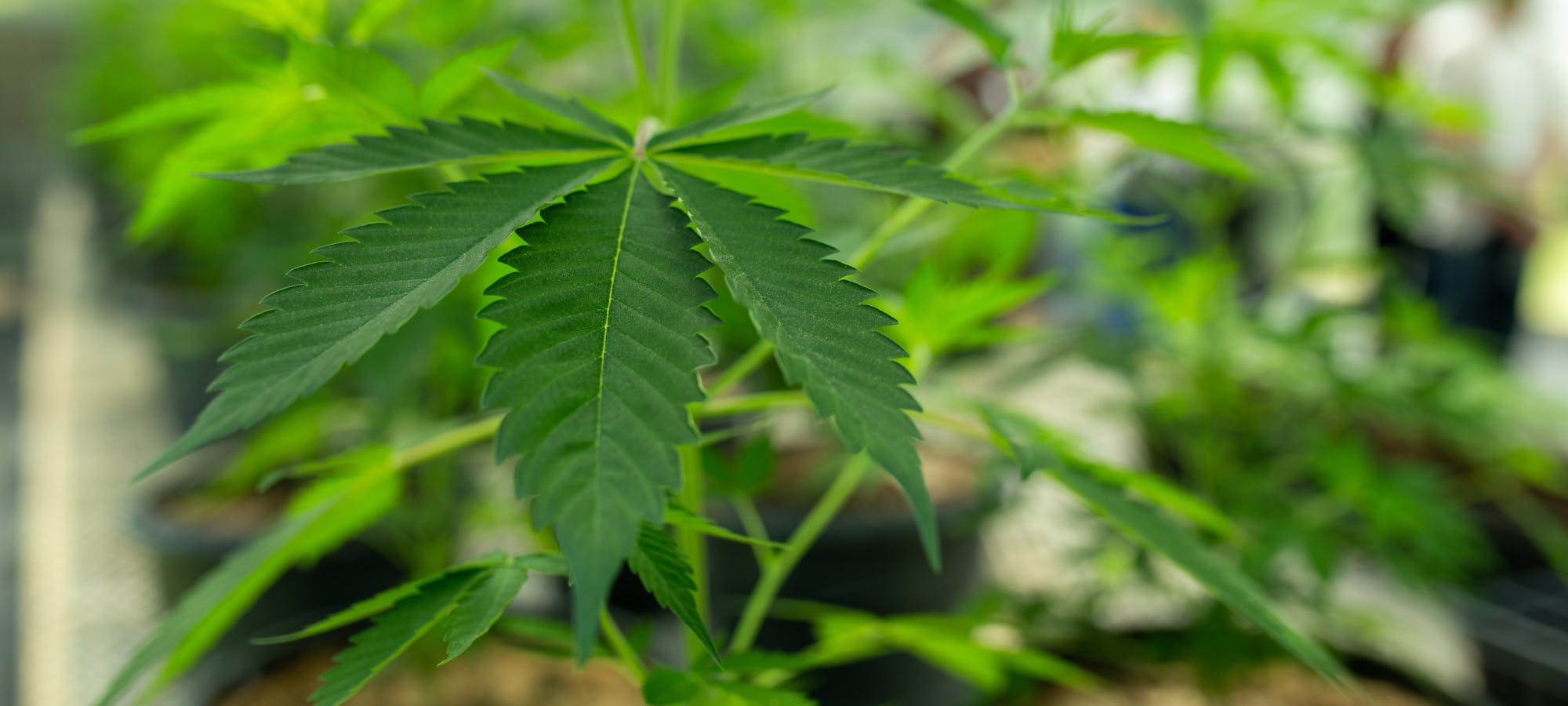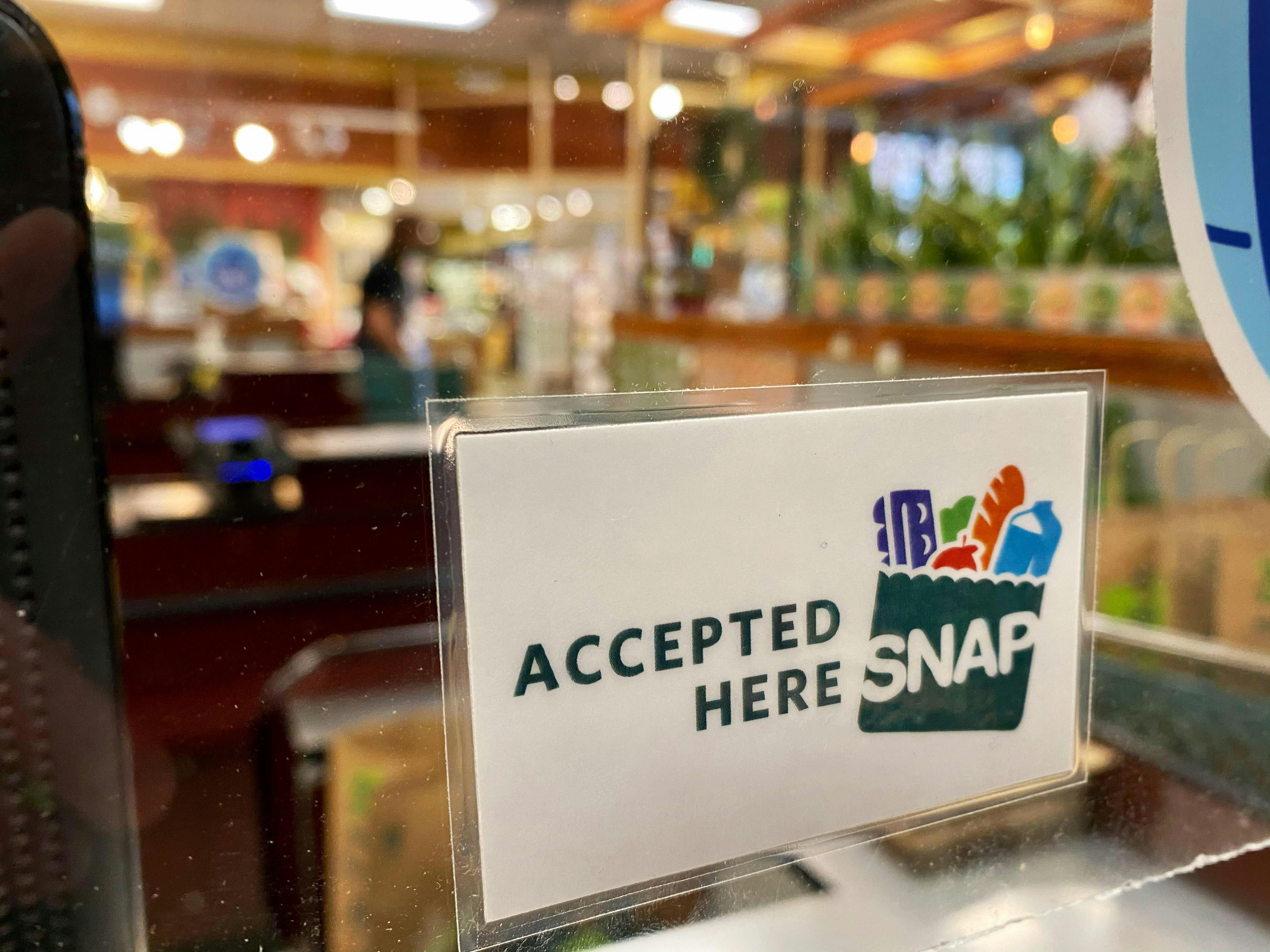What labels tell you: The basics
Here is the quick low down on the basics of food label reading and what to attention to.
Every single food you buy in a store should contain a nutrition information label. These are regulated by the FDA, and are required to tell you the contents of certain things in each serving of food. These are things like cholesterol, sodium, trans and saturated fats, and also some vitamin and mineral content like vitamin C, Calcium and Vitamin A.
The most important things to remember is to watch the serving size! The nutrient content listed is ONLY for each serving size, not the entire bag, container or box. So if you eat 3x the serving size, triple all of those numbers.
Here is a link from the FDA breaks it down really well: http://www.fda.gov/food/ingredientspackaginglabeling/labelingnutrition/ucm274593.htm
Then comes the actual ingredients (ie where did all of the above nutrients come from?). The ingredients are always listed in a hierarchal order by quantity, with the most used ingredient at the top, and the least used at the bottom. These words are often completely unclear and unpronounceable, making the consumer unsure where on earth that food came from. With a little research, you can begin to identify which foods are probably OK, and which you should immediately put back.
Sometimes ingredients go by multiple names, and are sometimes not what we would expect. For instance, sodium has plenty of names such as salt, disodium or monosodium glutamate (MSG). Sugar is also a big one, with companies not wanting sugar to be first ingredient. Corn syrup, barley malt syrup, dehydrated cane juice and agave nectar are all considered sugar and split up in the ingredient list so that “sugar” may be the most used ingredient, but not at the top of the list.
- Common Abbreviations
- BHA/BHT (Butylated hydroxyanisole and butylated hydrozyttoluene)
- MSG (Monosodium Glutamate)
What’s required & what’s not
There are some major food issues that are not yet required to be disclosed on your food label, the biggest one being GMO (genetically modified organism) foods. The best way to know if your food is GMO free is to look for the USDA Organic certification or the Non-GMO label on the food. This means every ingredient has gone through rigorous third party testing to ensure they are each GMO free (and organic, of course).
Check out their information here:
The label IS required to list every single ingredient included in your food though, so getting familiar with unusual names is a must when deciphering what and where your food came from.
If I see _____, I immediately put it down
I’d like to think I’ve done my homework and am pretty savvy about what’s in my food. Of course, it seems like every month I’m finding out something new and disturbing about foods, but we can’t think the sky is falling all the time, can we? I’ve developed some general rules for my purchasing decisions that go something like this: if I see _____, I immediately put it down:
- Corn syrup (high fructose especially)
- Soybean or cottonseed oil
- Monosodium Glutamate (MSG)
- Aspartame (or ANY artificial sweetener)
- Caramel color
- Any color with a number (ie Red 40, Blue 7)
- Artificial flavors
- Potassium Benzoate
- BHA/BHT (Butylated hydroxyanisole and butylated hydrozyttoluene)
- Polysorbate 80
- Parabens
- Hydrolyzed vegetable protein
So, the list could go on…but bottom line – if I know it comes from corn or soybeans and it’s NOT GMO free, I don’t purchase it. If is has artificial sweeteners – no way. If it has something I cant pronounce, easy put back until I research it.
The most common question I get once people are on board with reading their labels is, “What if my husband/wife/partner/mom/dad etc think I’m overreacting? They don’t see or care about the importance of this.” Well, that happens a lot, and often we share foods, meals and households with people who are not on the same informed plane. Only you can decide what you put in your mouth to eat, and only you can make your own decisions. You cannot force anyone else to make changes if they are not ready. Even making small changes and eliminating one thing at a time is helpful, so don’t feel too overwhelmed. Keeping stashes of foods for yourself is helpful, and sometimes just separating foods in the pantry works. It’s important to have a conversation with whomever you share your foods with and let them know that this is an important part of your “diet” or health plan, and they may choose to support you (or not).
With so many food additives, fake foods and distortions of ingredients, beginning to get yourself informed is one of the best things you can do for yourself. Always stay on top of your ingredients and always know where (or at least from what) they came from. No one else can do the work for you – you are your own biggest advocate!
